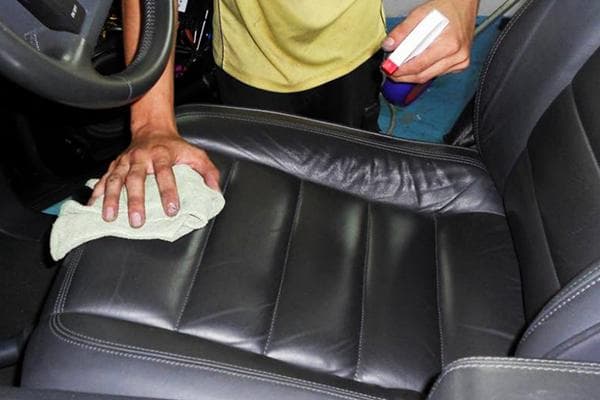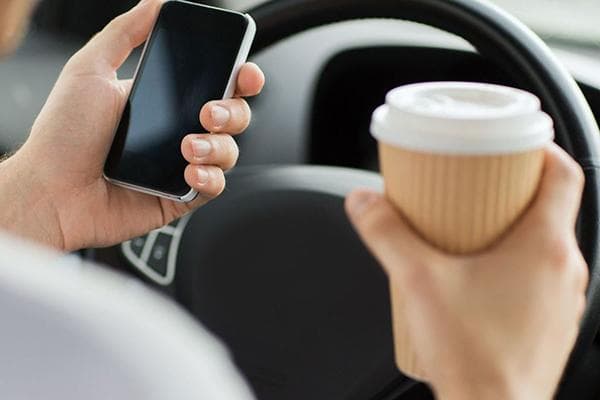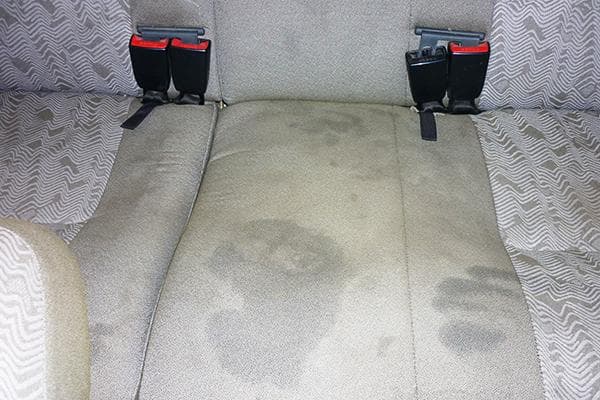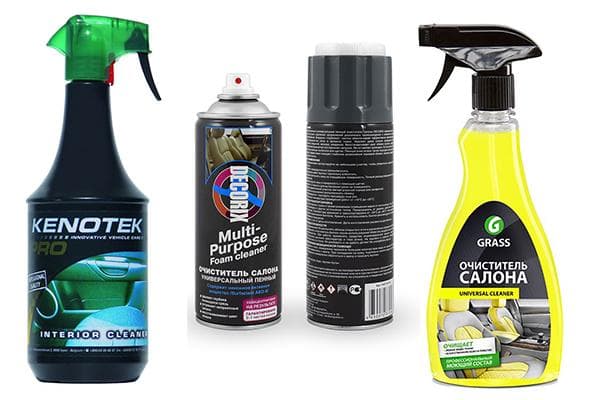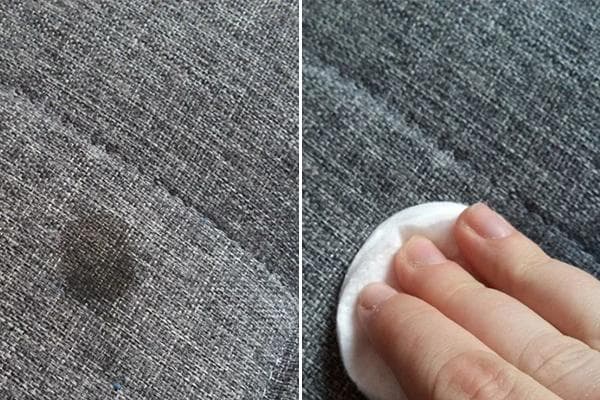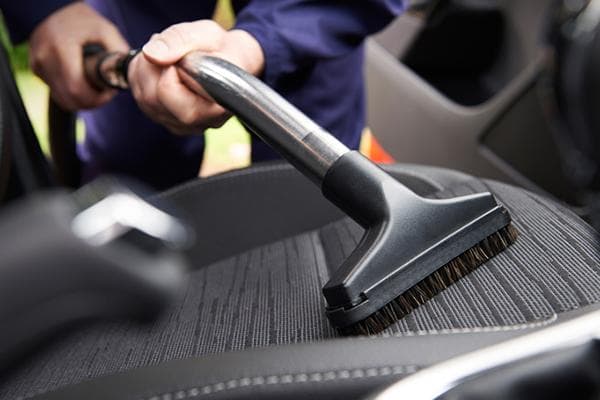How to clean the car interior yourself?
Even the most careful person who values his vehicle will leave stains, dust particles and other marks that lead to a deterioration in the overall appearance of the interior. In order to clean the car interior without resorting to the help of specialists, you need to learn some features and cleaning techniques. This will save you from wasting money on an expensive service and waiting in line at the car wash. Following the tips below will help you maintain the original appearance of your car's interior for a long time.
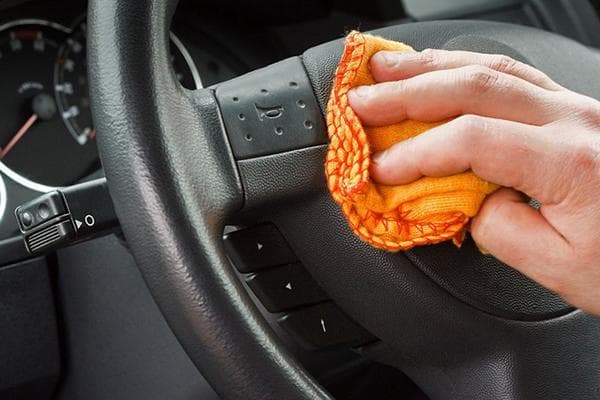
Local pollution
Any car owner has encountered the problem of dirt accumulating on the floor and doors of their car. Particles of soil and street dust eat into the upholstery and remain stains on plastic surfaces in the cabin. Over time, any coating fades, losing its original tone. The good news is that the problem is not critical and can be easily solved.
Fresh dirt from woven and velor upholstery is removed after drying with a soft bristle brush. Old abrasions and settled dust are washed off with soapy water or a universal cleaner. After wiping the coating with a clean damp cloth, it is dried in fresh air. You can speed up the drying process by using a vacuum cleaner with a carpet attachment.
To clean leather and vinyl upholstery, simply wipe it with a damp cloth soaked in a solution of soap and water.
Food stains and streaks
Eating in the car is perhaps the most common cause of stubborn stains, stains and other marks that spoil the appearance of the interior. This is especially true for fast foods and drinks that contain a lot of oil and dyes. The pollutant risk areas include door trim, front panels, seats and floors. The glass and ceiling are less likely to suffer, but with strong shaking on the road this is also possible. The result is bright, highly visible marks that are not easy to get rid of.
It is best to remove food stains immediately after they appear, without waiting for them to dry.
While following the route, it is better to stop and use a dry, clean napkin or cloth to remove any residue from the contaminated surface. Next, gently wipe the stain with a cloth dampened with water. It is advisable to wipe with uniform, non-chaotic movements. Oily stains on glass can be easily wiped off with dry wipes or toilet paper.
Under no circumstances should a fresh stain be rubbed without detergent - this will penetrate deeper into the upholstery and make it even more difficult to remove.
At the end of the trip, at home you need to “arm yourself” with a bucket of warm water, a linen rag (or a soft brush) and a special spray - a universal cleaner. The spray is capable of destroying fresh and old fatty film, completely eliminating all traces of contamination.
The most budget option can be regular liquid soap:
- The detergent is applied to the dirty area and lightly rubbed with a brush deep into the fabric or skin pores.
- After 10 minutes, the resulting foam is wiped off with a slightly damp cloth.
After drying, there will be no trace of a greasy stain left on the upholstery.
Remember that fabric upholstery absorbs liquids much better than leather, and therefore takes longer to wash and dry.
Coffee marks
When we travel on the road, we often wash it down with coffee, which eats into the interior surfaces no worse than sweet, colorful drinks. A glass left on the dashboard or armrests may inadvertently spill and be absorbed into the seat or floor coverings. Having managed to react in time, you can quickly collect the spilled liquid with a towel or napkin before it penetrates inside, thereby minimizing the consequences and facilitating the upcoming cleanup. When you return home, treat the stained area of the fabric upholstery with a solution of water and carpet cleaner.
If there is no branded cleaner, a solution made from improvised products will do instead:
- vinegar - 0.5 liters;
- washing powder - 1-2 teaspoons;
- soda - 1 teaspoon.
After 15 minutes, the active ingredients in the detergent will remove coffee particles from the fabric fibers. The remaining foam after washing should be removed with a vacuum cleaner with a pointed attachment that provides access to the folds and curves of the car seats.
Physiological contaminants
Anything can happen to a person while traveling, including nausea and vomiting, incontinence and other health problems. This is especially true for small children and pets. Such stains are extremely difficult to remove from ordinary fabric and expensive velor upholstery due to their high ability to absorb moisture. Along with this, it will not be easy to get rid of the unpleasant smell in the cabin.
- First, you should open all the doors and trunk for ventilation.
- Secondly, quickly remove the bulk of the pollutant with rags, paper, napkins and under no circumstances rub in the remaining moisture.
- Thirdly, take a clean, soft cloth and lightly remove all residue from the pile.
For a deep clean, treat the stain with an all-purpose cleaner or carpet cleaner. As a last resort, make a solution of soda and water in a ratio of 1:4 and soak a clean piece of cloth in it. Using this rag, blot the stained area several times and sprinkle soda on top of it. After some time, vacuum up the baking soda and let the furniture dry.
An unpleasant odor after cleaning can be eliminated by leaving a bag of baking soda or cat litter in the cabin overnight. A few pieces of orange or grapefruit peel will leave a pleasant aroma in the car. These “old-fashioned” methods work no worse than modern ones.
Old and fresh blood stains
Traces of blood from fabric coverings are difficult to remove and greatly spoil the appearance of light-colored upholstery. Materials such as leather and vinyl are less susceptible to contamination as they absorb blood much less well. In any case, it is better to act quickly and remove the contamination immediately after its detection:
- You will need a cotton swab (for example, from a car first aid kit) or a napkin, which you need to remove the stain so that it does not have time to spread.
- After this, moisten a new swab in cold water and carefully collect any remaining blood on the surface.
Upon returning home, the stain can be removed with improvised means, such as dishwashing gel diluted in water. A weakly concentrated soap solution (a teaspoon per glass of water) is sprayed onto the contaminated area of the coating. The bloody mark should be wiped off with a small piece of a damp cloth towards the center of the stain, and then wipe the surface with a dry cloth.
General cleaning - complete cleaning of car furniture
One day the time comes when the issue of cleaning the car interior will have to be approached comprehensively. At least once a year, a good owner should carry out a thorough cleaning of his car. To do this, it is not at all necessary to go to a dry cleaning salon - all cleaning activities can be done yourself. To do this, you will need a spacious, dry and warm place. It is advisable to carry out cleaning outside in the summer in good weather.
Interior cleaning measures:
- de-energize the vehicle's power supply circuits (even the radio) and turn off the engine;
- remove from the machine all things that interfere with cleaning;
- disconnect and remove the sofa and armchairs;
- remove, wash and leave the floor mats to dry;
- remove and wash the covers from the sofa and seats (if any) with regular powder;
- vacuum the floor in the cabin;
- wipe the dashboard and other plastic parts with a damp cloth;
- apply a universal cleaner or soap solution to the upholstery of the ceiling, doors, seats, trunk and after a few minutes, wipe off the resulting foam in one direction with a felt cloth;
- Wipe instrument panels and buttons with a damp sponge and wipe off the product with dry felt;
- Wipe windshield, rear and door windows, as well as mirrors with a household glass cleaner or polish;
- dry the entire interior for several hours and return everything to its place.
These actions are within the power of most car owners. From this it follows that cleaning the car yourself is much cheaper and takes less time than car dry cleaning services.
